#thrips
Text
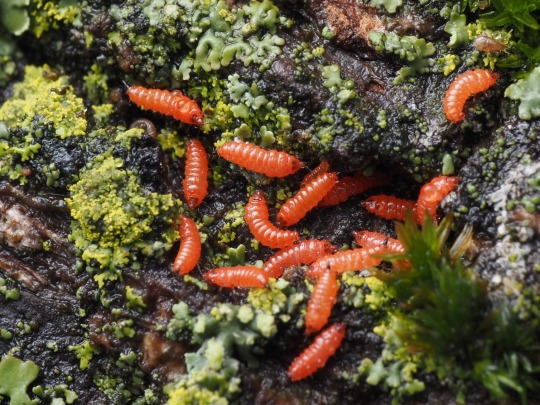
some phlaeothripid tube-tailed thrips found gorging on fungi

I have yet to see an adult thrips of this unknown species, but they’re typically dark black and almost antlike in shape, quite different from these fat orange juveniles—technically nymphs, since they do not pupate, but I do see many authors refer to them as larvae.
610 notes
·
View notes
Text
Just Thrips Things
653 notes
·
View notes
Text
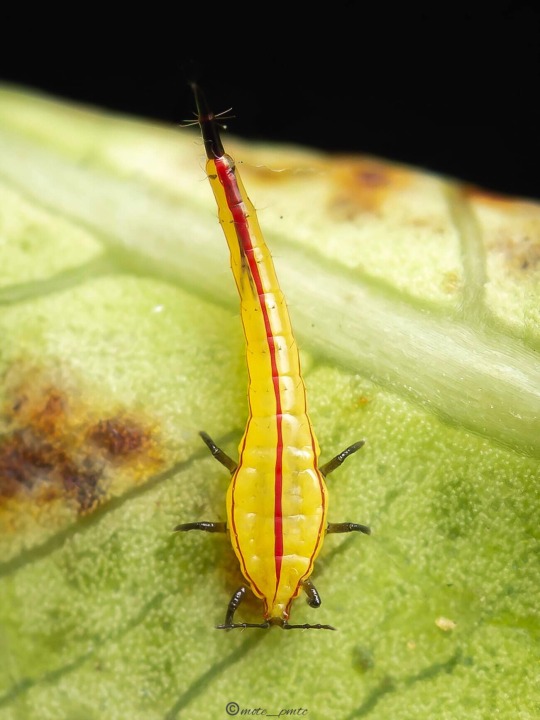
Cuban laurel thrips (Gynaikothrips ficorum), nymph, family Phlaeothripidae, orginally from SE Asia
photograph by Parmote Thep
976 notes
·
View notes
Photo
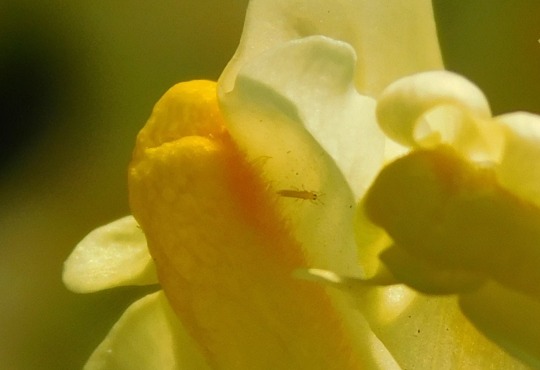
@sonofsimon submitted: I accidently took a picture of a thrip while photographing wildflowers.
Very tiny.......very precious
#animals#insects#bugs#submission#thrips#btw: one thrips many thrips#both singular and plural have an s
121 notes
·
View notes
Note
Can I pick your brain for ideas lil bit? I'm working on a race of sapient subterranean eusocial arthropods and I can't decide on a biological basis for them. (I've already ruled the three most typical bases for this kind of fantasy guy; ants, wasps and mantids.)
I do however have a firm idea of their indigenous region; a massive biome of networked caves that support jungle-equivalent biodiversity via huge colonies of luminescent microbes that cling to the upper reaches of the caves. These arthropod folk live down here pretty exclusively, but they interact with other subterranean societies. I've also established tangentially that they've domesticated a large (described as 'dog sized') beetle whose larval form is used as livestock cause it produces an edible syrup as a waste product.
anyway I guess the actual question is do you have any ideas for which real world animals I could base these arthropod folk on; or unusual directions I could take the more typical bee/ant/mantis approach.
I don't suppose termites are an option? Something unusual I never see depicted about termites is that they have not only queens, but also kings! They're also unusual in that, unlike wasps, ants and bees (who strictly have female workers), there are also male workers!
If you're looking for more unusual eusocial insects, aphids and thrips are both options.
Like termites, eusocial thrips have both male and female workers. Unlike termites, the male "workers" can breed, however. (Female workers cannot; only special breeding females.) They also have soldiers with big mantis-like claws, which are used for crushing enemy thrips (as well as secreting antifungal compounds)! They all live together in galls (swellings they induce in host plants).
Some images of a species with different galls on different plants:

Some sources:
Eusocial aphids are unusual in that instead of having a single queen or just a few queens, the majority of the population is asexual females giving birth to clones. In some species, there are also (also female, though nonreproductive) soldiers. Some soldiers have turned the central tail spike into a stinger; others have wicked crablike forms like you can see on the right, compared to the more usual reproductive aphids on the left:
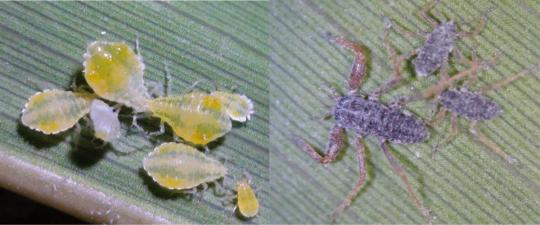
Some eusocial aphids live in galls, like the thrips. Others just live out in the open like usual aphids. Soldiers' duties range from keeping the gall clean (if they live in galls), to killing hoverfly maggots which prey on aphids.
At the end of the year, the aphids lay eggs that turn into winged males and females that breed, yielding the next year's asexual, wingless females again (both soldier and non-soldier).
Some sources:
Hope this helps!
40 notes
·
View notes
Text
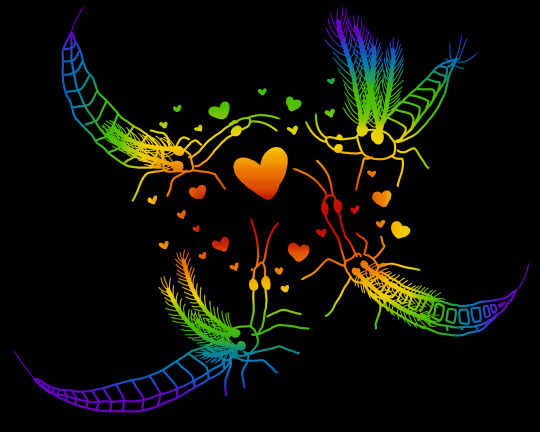
thrips are very strange little dudes! here are my favorite facts I learned about them (all via wikipedia):
Thrips is plural no matter what! You can have one thrips or many thrips!
They use their feathery wings to utilize a very weird and a typical strategy to fly called the "clap and fling". I can't even begin to describe this process as it was way too sciencey for me, even on the Wikipedia article. I also couldn't find a video of them doing it, but it sounds cool!
They have asymmetrical mouth parts!
They usually bite plants, but they can also bite you!!
Kladothrips is a genus of Australian gall thrips, and is notable for including some of the few organisms outside of Hymenoptera that exhibit eusociality!
Common names for thrips include thunderflies, thunderbugs, storm flies, thunderblights, storm bugs, corn fleas, corn flies, corn lice, freckle bugs, harvest bugs, and physopods!
there is also very little thrips art! so hopefully this adds something bright ❤️🧡💛💚💙💜 I was going for a sort of rainbow scratch off art vibe.
#bug#bugs#insect#insects#bugblr#insect art#bug art#arthropods#thrips#Thysanoptera#id in alt#entomology#invertebrates#insecta
188 notes
·
View notes
Text
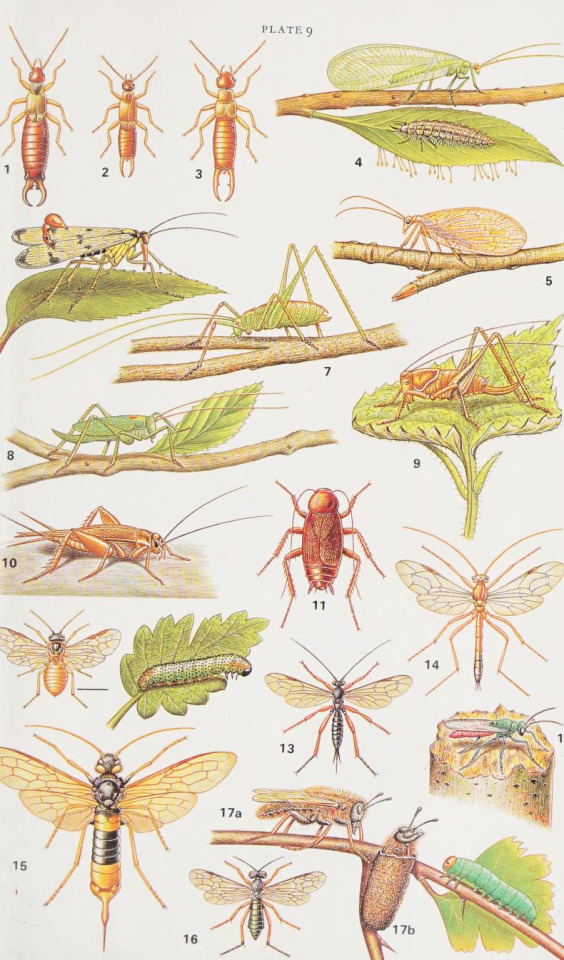

The Natural History of the Garden. Written by Michael Chinery. 1978.
239 notes
·
View notes
Text
i'm drowning in thrips and my chili plants are dying but i don't want them toooooooo please give advice how do i kill the thrips good
14 notes
·
View notes
Text
THE THRIPS ARE DEFEATED!!
FINALLY!!
7 notes
·
View notes
Text
You dare come into MY house, eat MY children (my plants), all when there are perfectly good children outside.
#god I’d like this to be a threat but the damn bugs are indestructible!#thrips#:’(#plants#houseplants
4 notes
·
View notes
Text
Another creature I've missed over the fall/winter months are these silly ant mimic thrips (phlaeothripidae), and a few of them were out today! I usually spot them in proximity to a small black ant species, but haven't seen any interaction between them beyond that.

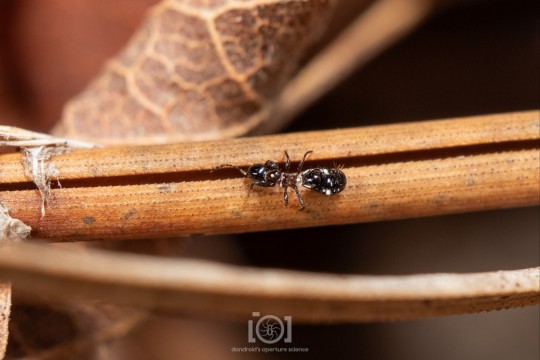
179 notes
·
View notes
Text

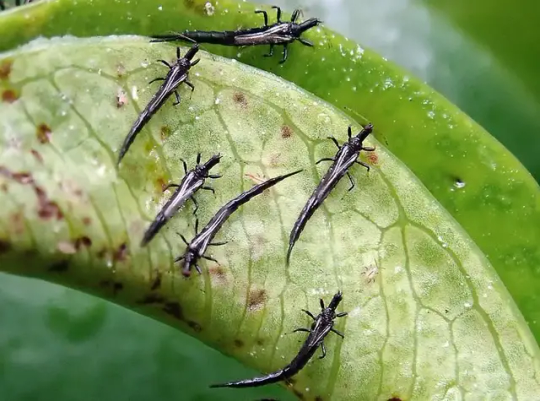
Thrips (thysanoptera)
Thrips are a functionally diverse group, with nearly half of the known species being fungivorous.
These lil buddies have approximately 7,700 species.

(wow that's a lot fam)
The first recorded mention of thrips dates from the 17th century, and a sketch was made by Philippo Bonanni, a Catholic priest, in 1691. Swedish entomologist Baron Charles De Geer described two species in the genus Physapus in 1744, and Linnaeus in 1746 added a third species and named this group of insects Thrips. In 1836 the Irish entomologist Alexander Henry Haliday described 41 species in 11 genera and proposed the order name of Thysanoptera. The first monograph on the group was published in 1895 by Heinrich Uzel,[7] who is regarded by Fedor et al. as the father of Thysanoptera studies.
Thrips are a functionally diverse group, with nearly half of the known species being fungivorous. A small proportion of species of thrips are serious pests of commercially important crops.
follow for more boomblu contnent [contnent]
#thrips#entomology#entemology#insect#insects#bugblr#cw bugs#cute bugs#bug tw#bug#bugs#cool bugs#cool insects#boomblu content ngl#funny meme#best memes#funny memes#dank memes#meme#haha#humor#funny#lol
11 notes
·
View notes
Text

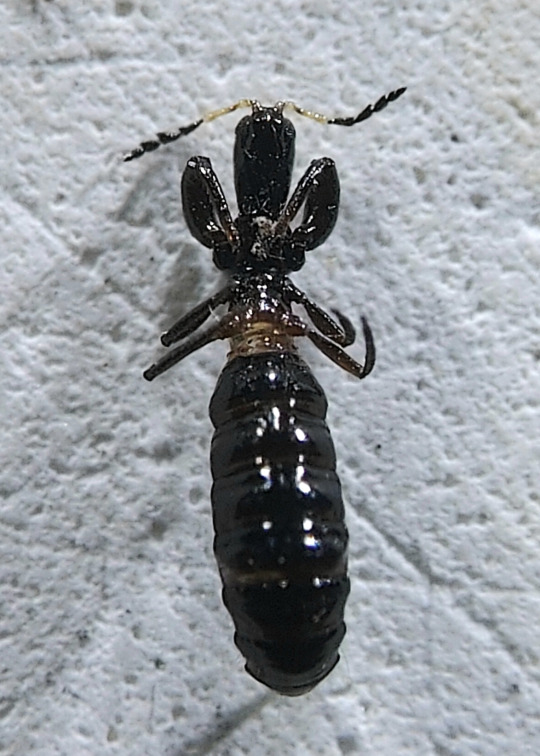
a weirdly beefy thrips!
Compsothrips jacksoni
35 notes
·
View notes
Text
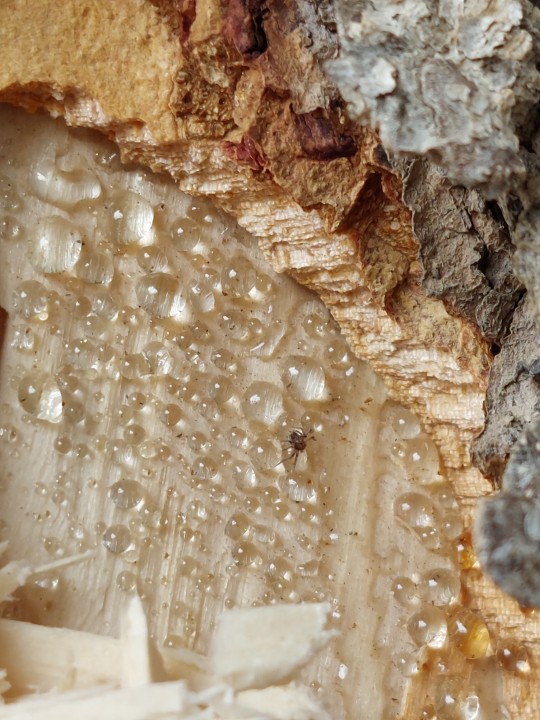


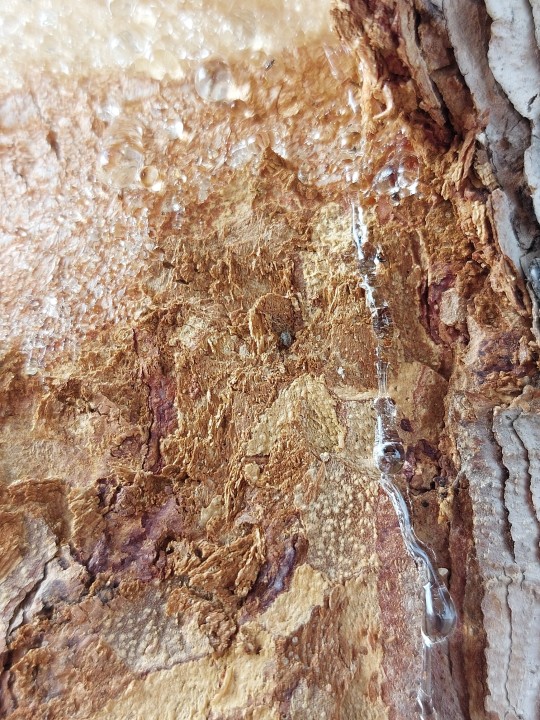

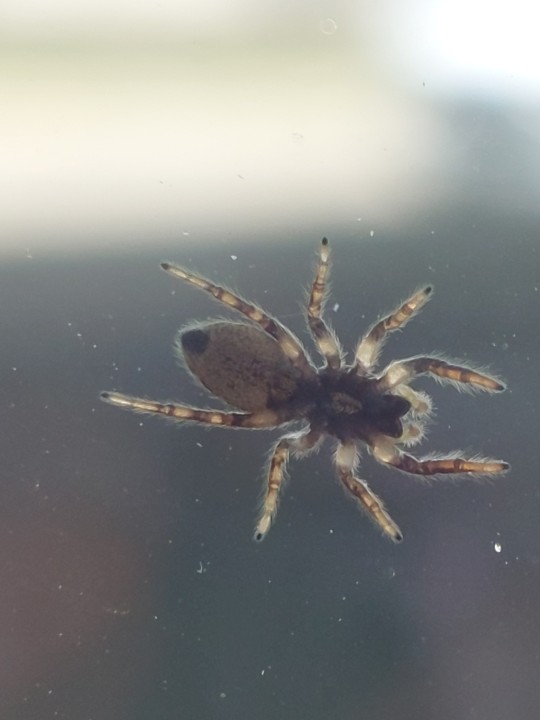

@gallifreyanconsultingphilosopher submitted: 1-4 are some guys having a Good Time on a pine tree with resin. Last 3 are the same fellow, looking super cool from the opposite side of a window.
Would you happen to know what the teeny guys feeding on the resin in the 2nd photo are? (Southern Alberta)
Wow the spiders on the tree look tiny! Absolutely precious. And love the jumper's underside, too. The lil dudes having a party on the tree appear to be thrips :)
Also sorry if it's been a while since you submitted this but it was hiding in my mobile inbox and I couldn't view it on desktop so I just found it!
53 notes
·
View notes
Text


I've been gardening with my mom a lot lately!! We're getting rid of a lot of the grass and replacing it with a garden, mostly indigenous plants. Been fascinated with all the life in our yard. I'm still pretty new at identification and overall Bug Knowledge™, but I'm trying to learn as I go. Found a couple grubs in the soil. If the one on the right's a caterpillar I have no idea what it was doing underground, but it doesn't seem to have any prolegs so! I don't know. One on the left I can't quite identify either. At least I know they're both larvae of some kind. It felt kinda sticky, probably because of the hairs. Tossed 'em both over the fence just in case. Someone else's problem now.


On the left: a thrip landed on me at one point. It was so ridiculously small I couldn't resist trying to take a picture. On the right: European paper wasp! Its ass is NOT native to Washington. Was chill, watched it eat a bug for a while.
I also found a bunch of aphids on a maple I was pruning. Didn't take any pictures. They were all the flying type, and I didn't know aphids had a flying variety so I had trouble identifying them at first. I learned that both male and female aphids have winged and wingless varieties within the same species! Neat! Was interesting watching them all lining up on the veins of the leaves to get the sap. Went to a few sites to learn about them but the Wikipedia page featured a strongly worded rant on how terrible aphids are. lmao.

WORLD'S FASTEST CROUTON-BEE
Lastly we have the yellow-headed bumblebee! A few of these guys have been buzzing around the yard lately! I saw one climb out of its hole in the ground, and that was when I learned most bumblebees nest underground! It's nice to know we have a hive near our house. I hope they enjoy what we've been planting.
Not pictured:
the pillbugs and earthworms I find everywhere, go OHHHH LITTLE GUY about and then place somewhere nice where we're not working
the centipedes that mom freaks out about because one bit her and it hurt badly, so I move them as soon as possible away from her
#bugs#insects#grubs#caterpillars#(? uhmmmm)#wasps#bees#thrips#bugposting#i think i will post more bugs in the future. i am having a fantastic time#i love piecing together the world around me!! i love knowing!!!!!!!!!!! i love buges
12 notes
·
View notes
Text
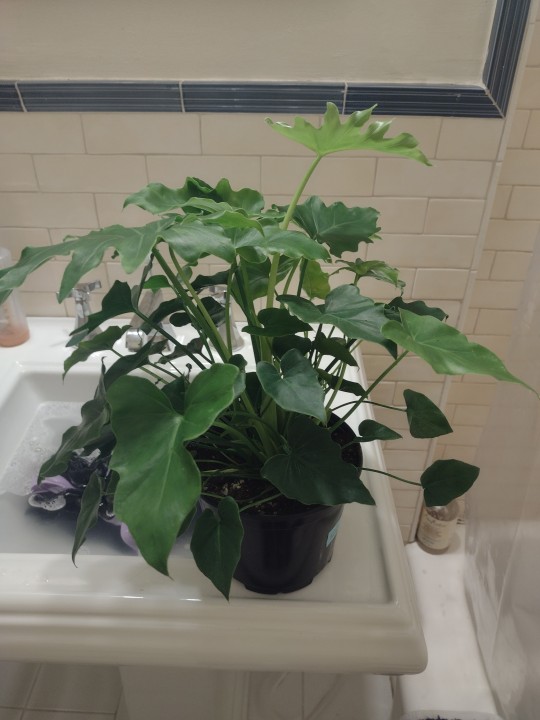

Noooooo noooooo noooo my Philodendron xanadu has thrips. 😩 It won't be hard to treat the plant itself, but if they've spread to the African violets that can't get their leaves wet I'm in trouble. I checked it over so carefully when I bought it and didn't see anything!
22 notes
·
View notes